This project came out of the need for the #LiFePO4wered/Pi to have a high power / high capacity version that works well with the newer, more power hungry versions of the Raspberry Pi such as the Pi 2 and Pi 3.
While the original #LiFePO4wered/USB baseboard works when the #LiFePO4wered/Pi is used as a battery power source for the Pi 2 or Pi 3, it fails to provide enough charge current to use it as a UPS for these Raspberry Pi versions. This is both related to the charge circuit (a linear charger, becoming thermally limited at high currents) and the cell used (a AA or 14500 size cell with a maximum charge current of ~500 mA). The Pi 2 and 3 take out more current than the charger can put into the cell, and eventually the cell charge runs out even if the system is plugged in.
This project aims to provide a power source for the #LiFePO4wered/Pi that will be able to provide continuous UPS functionality, even for a Pi 3 @ 100% CPU use. To do so, it uses a larger cell that allows charge currents up to 1.5 A and a switch mode charger that is much more efficient and hence produces less heat.
 Patrick Van Oosterwijck
Patrick Van Oosterwijck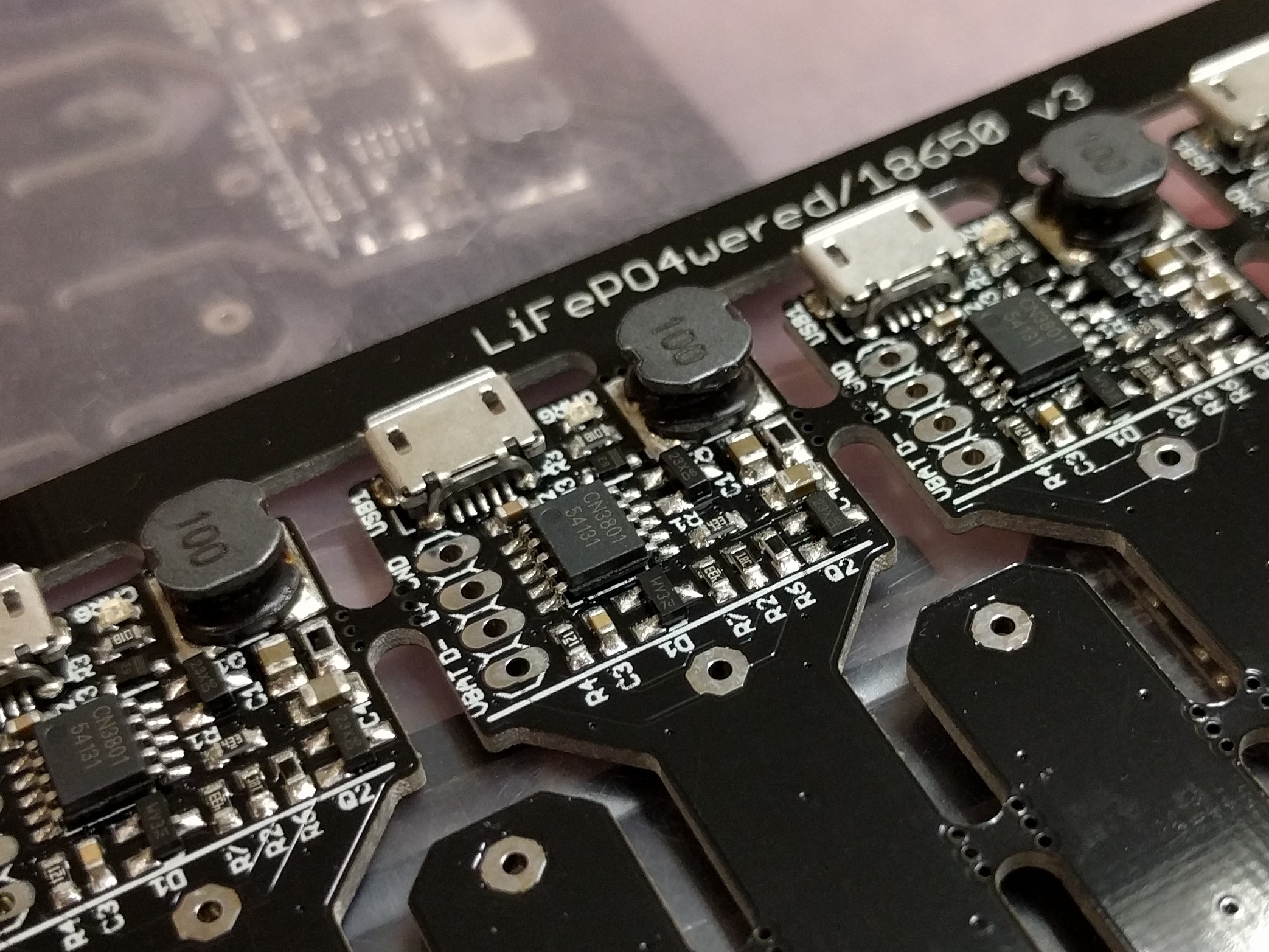
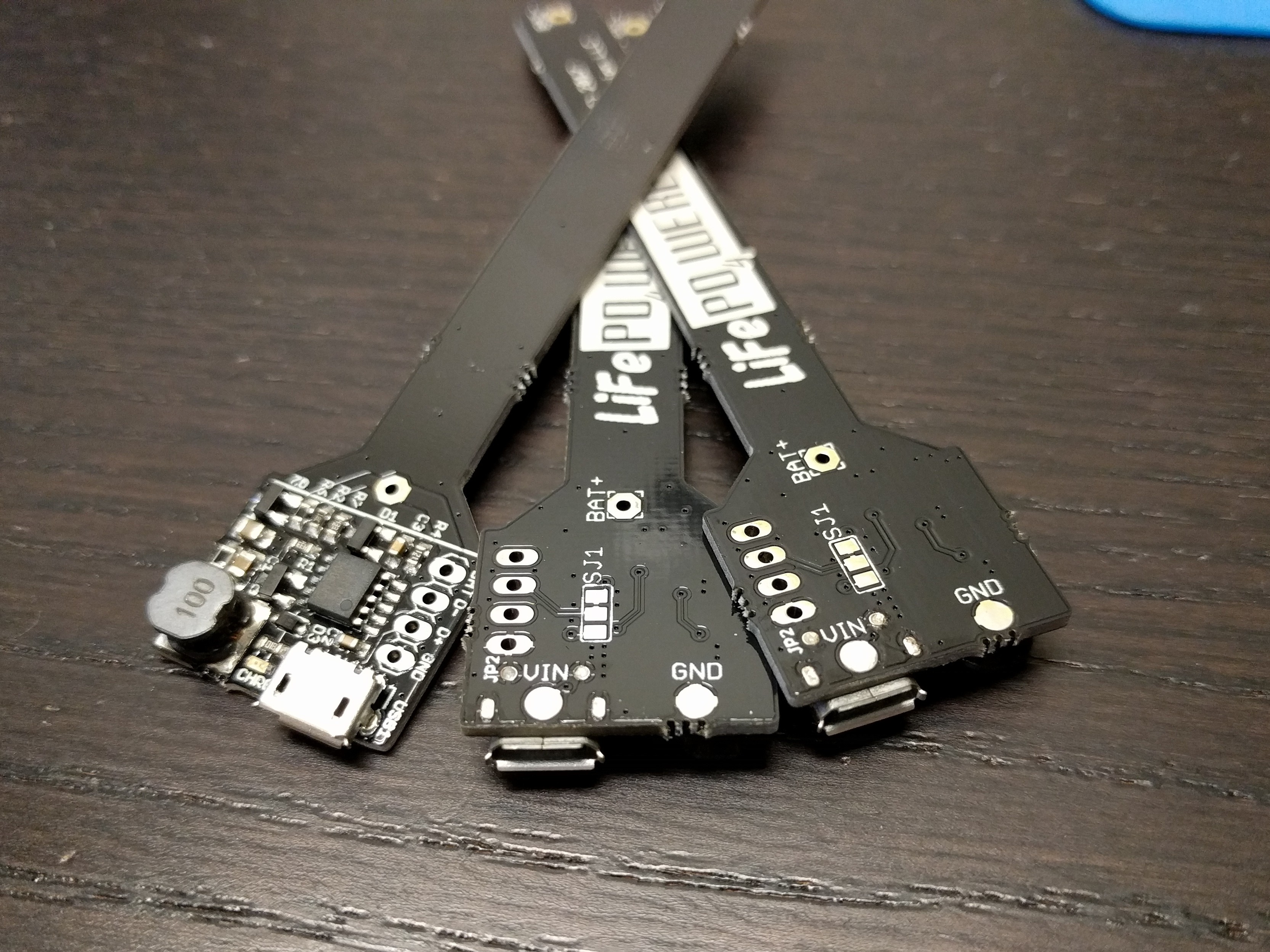
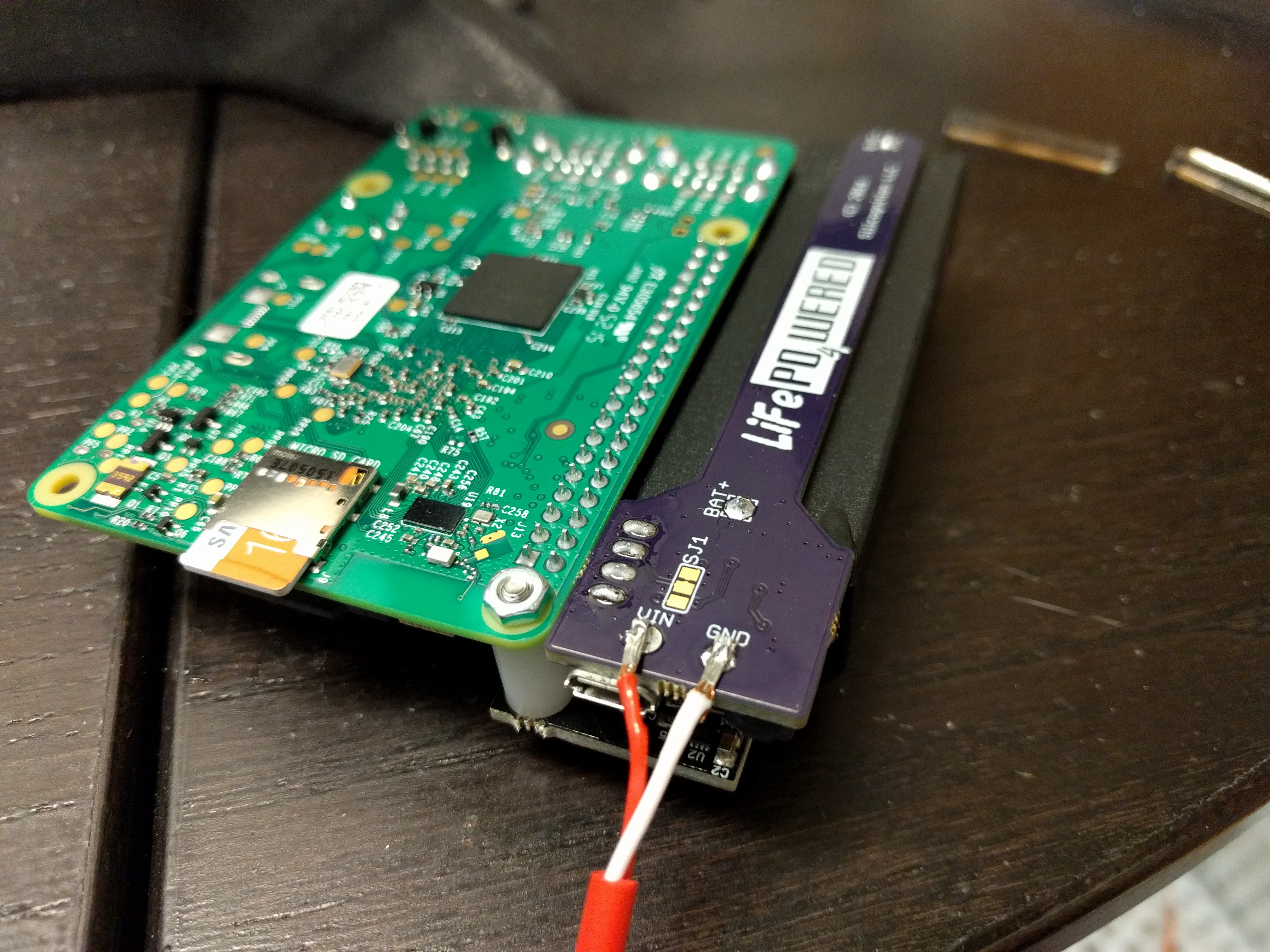
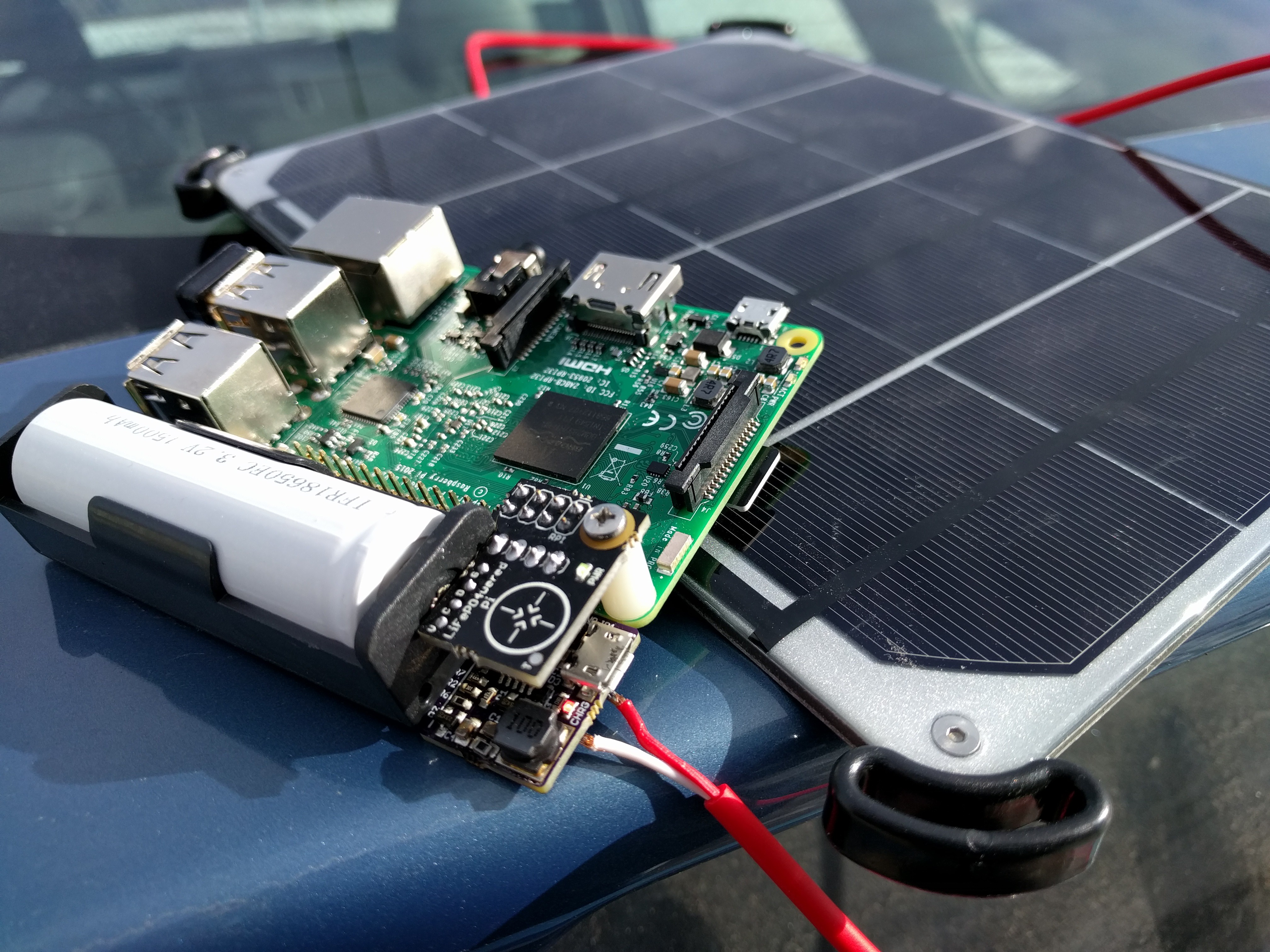
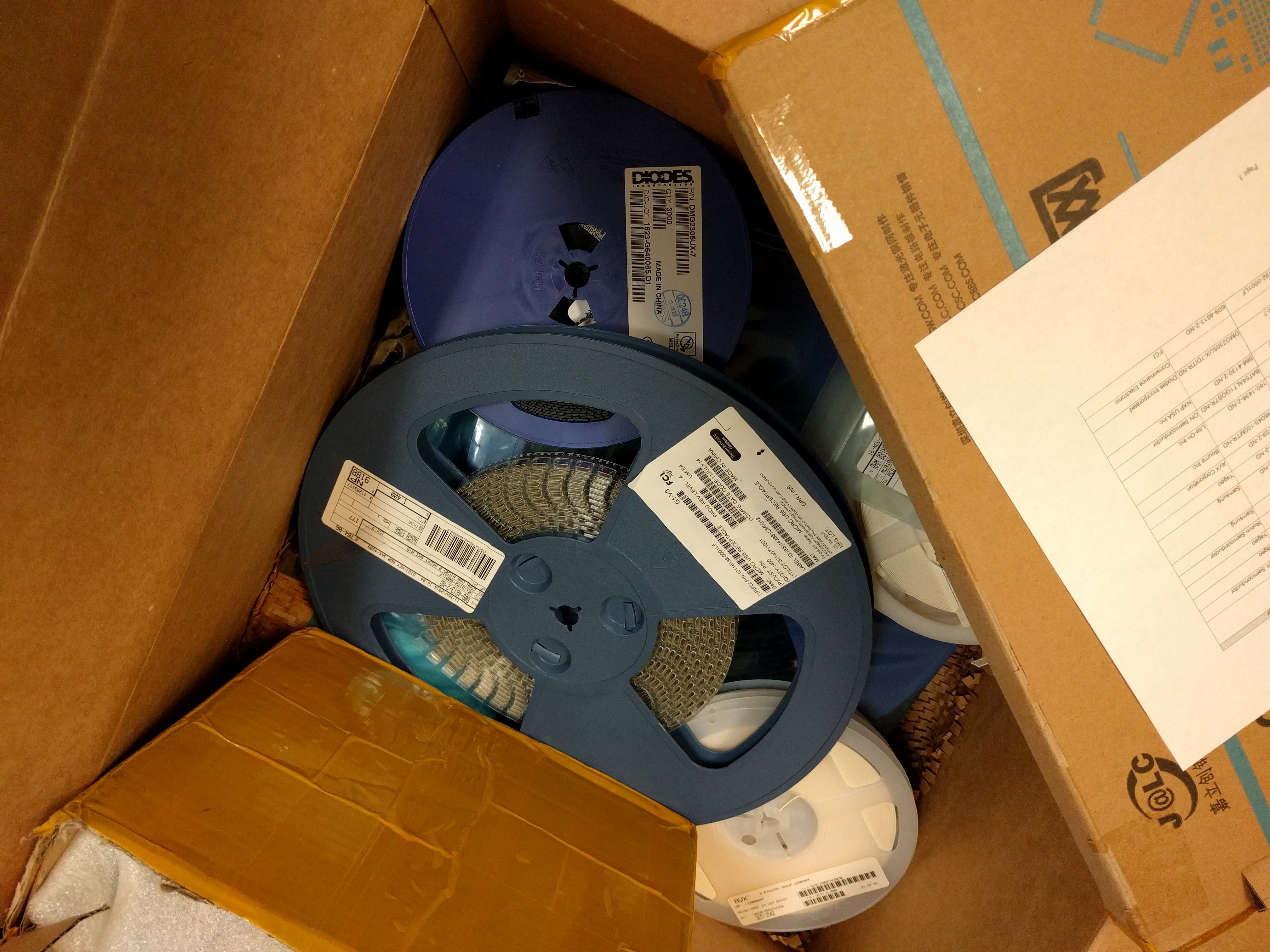
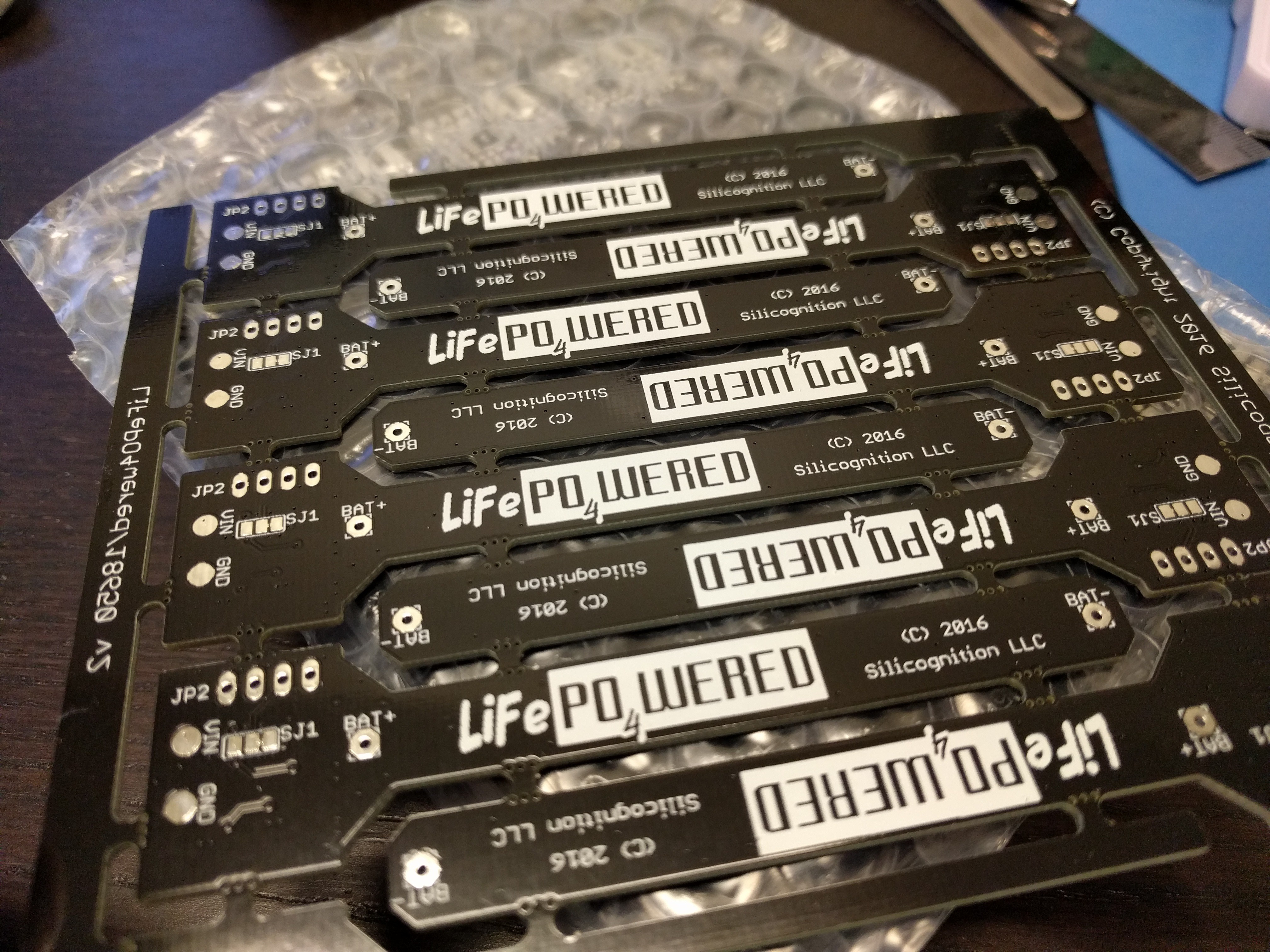
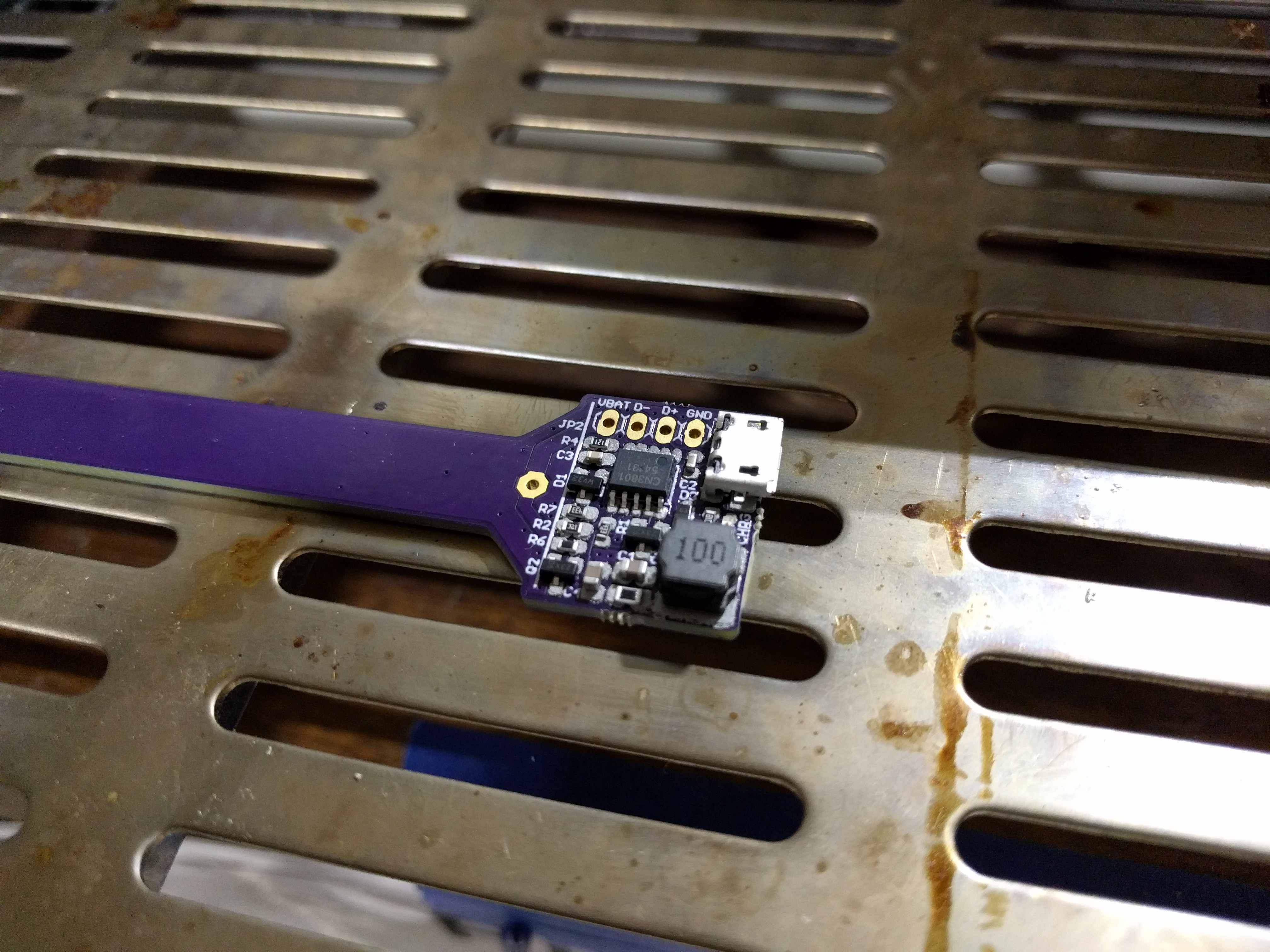
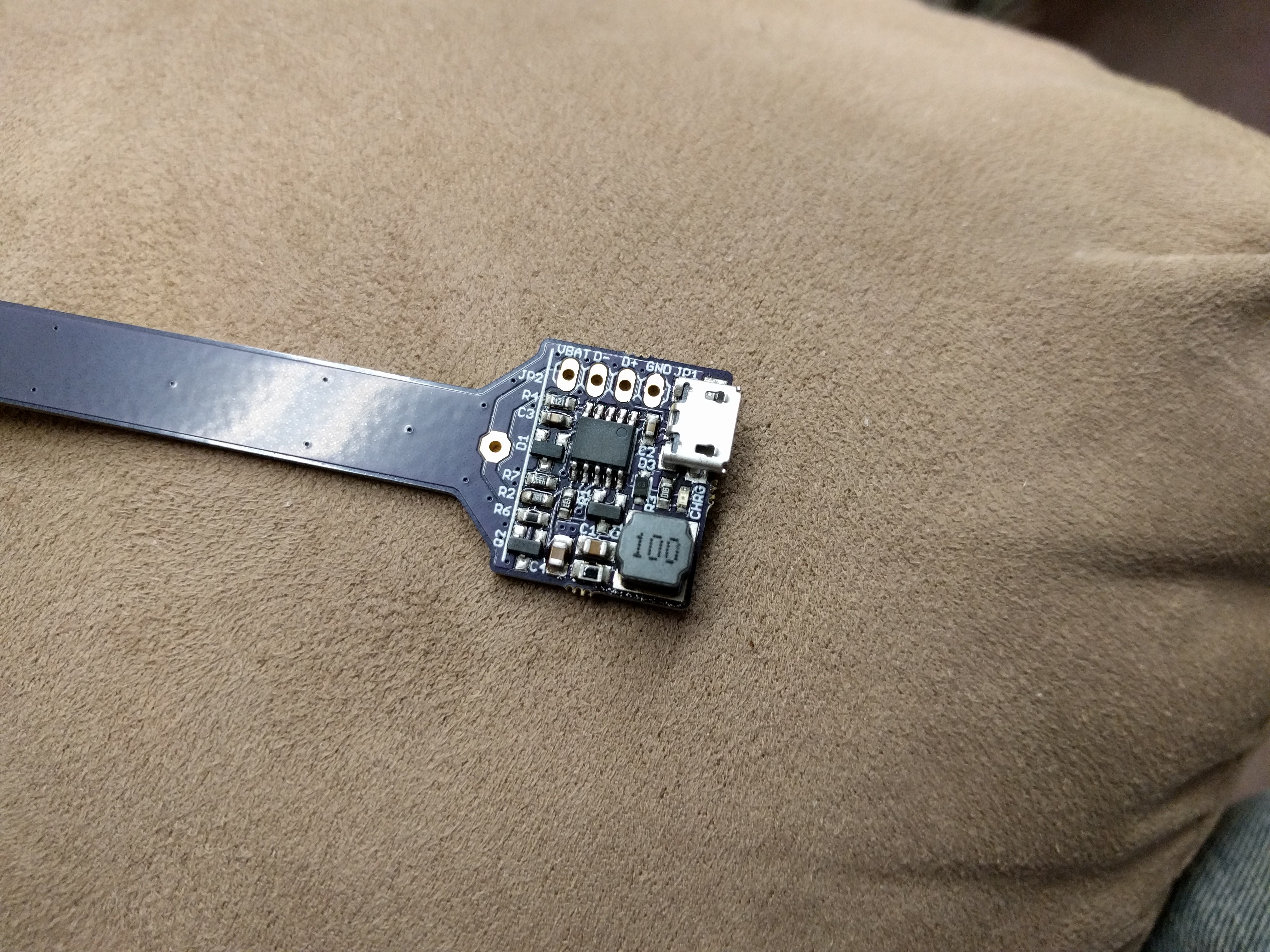
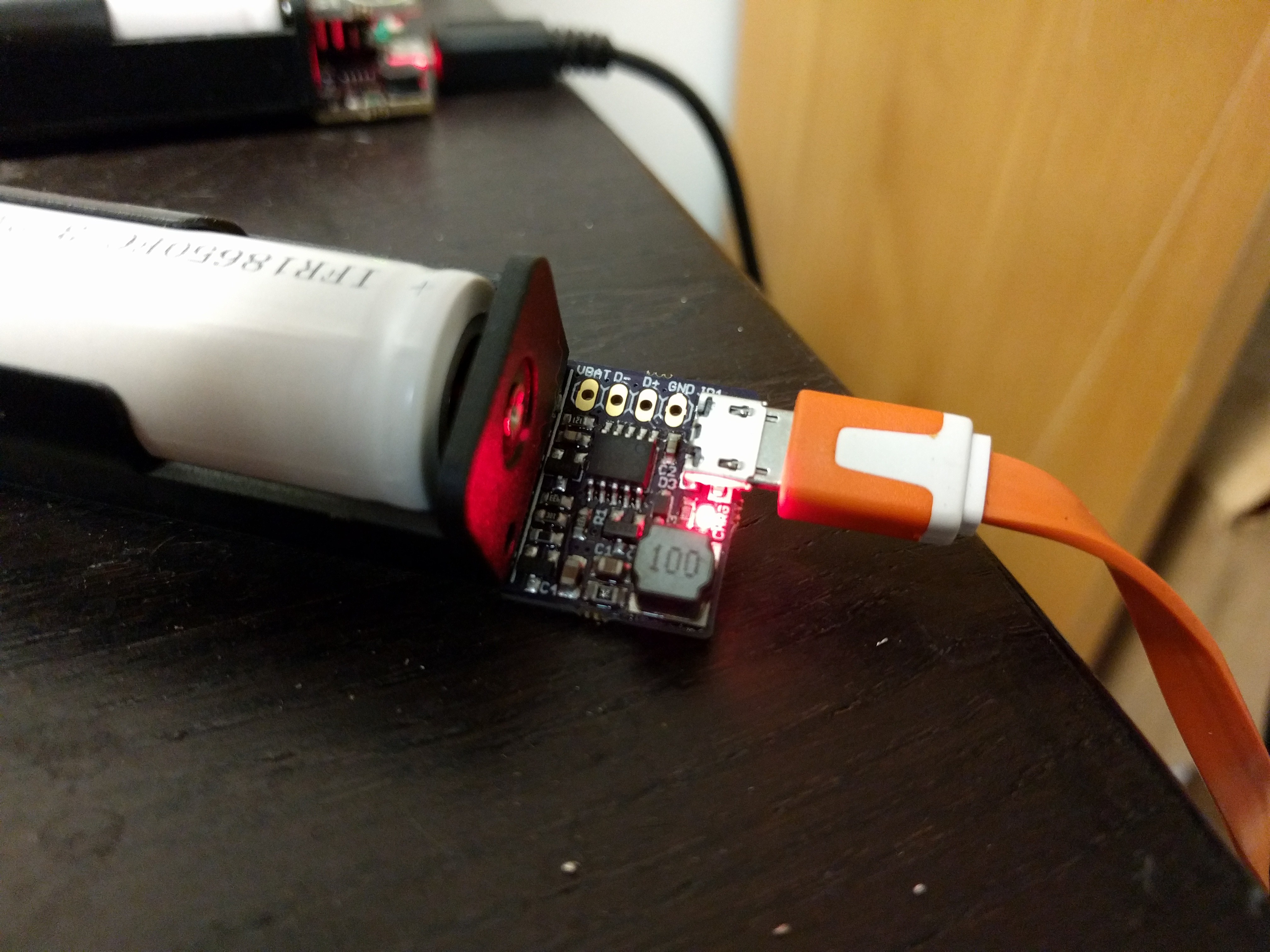
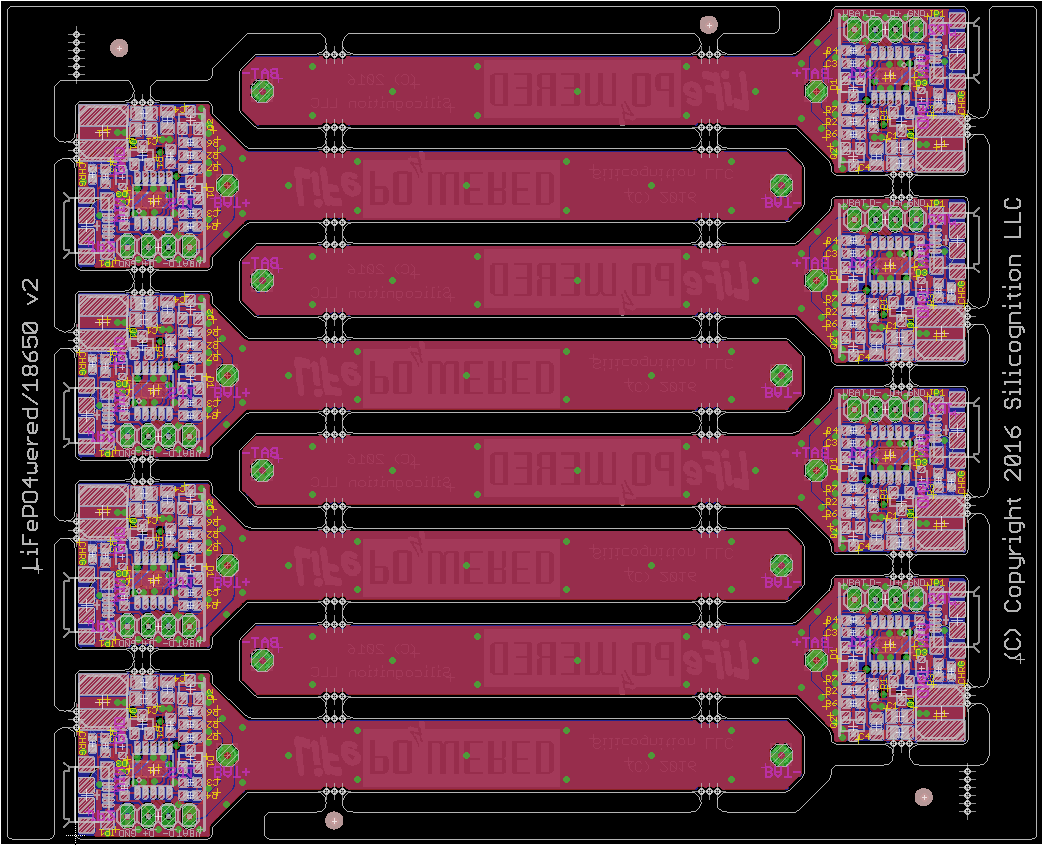
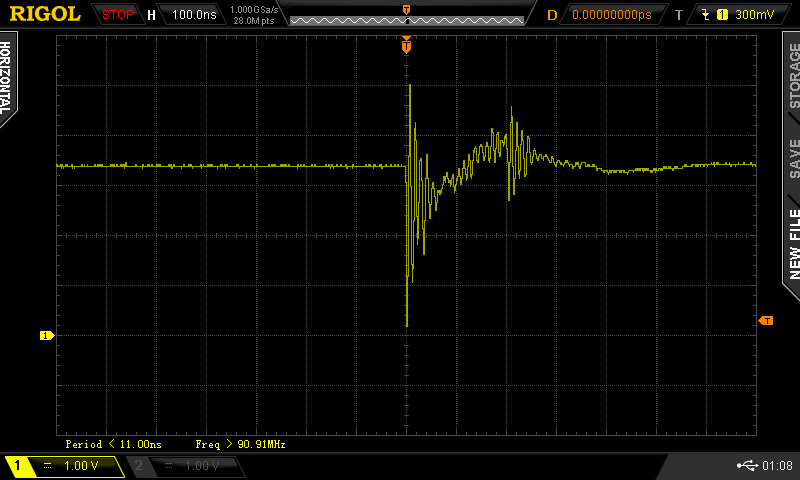
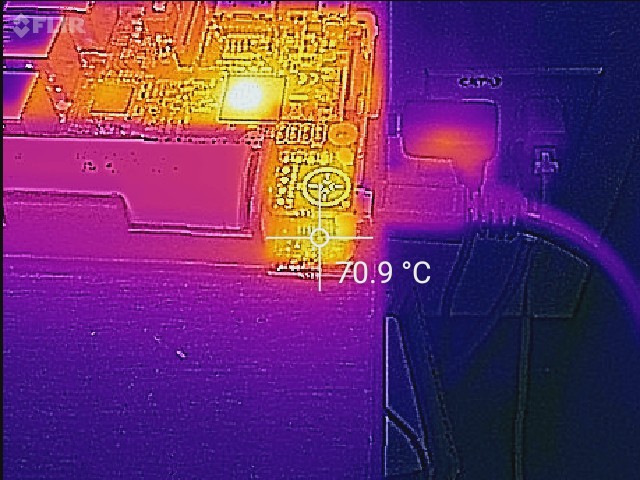
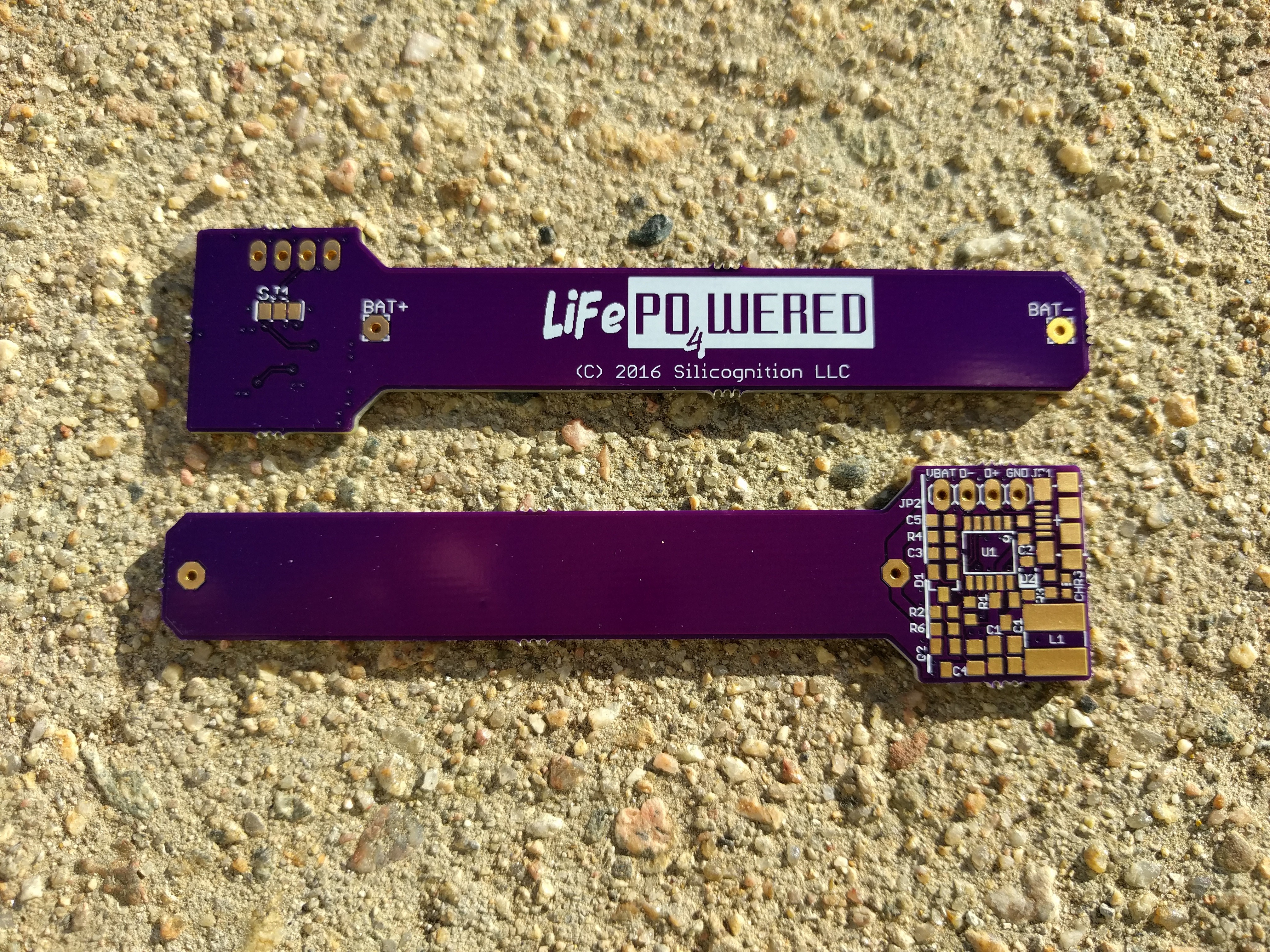
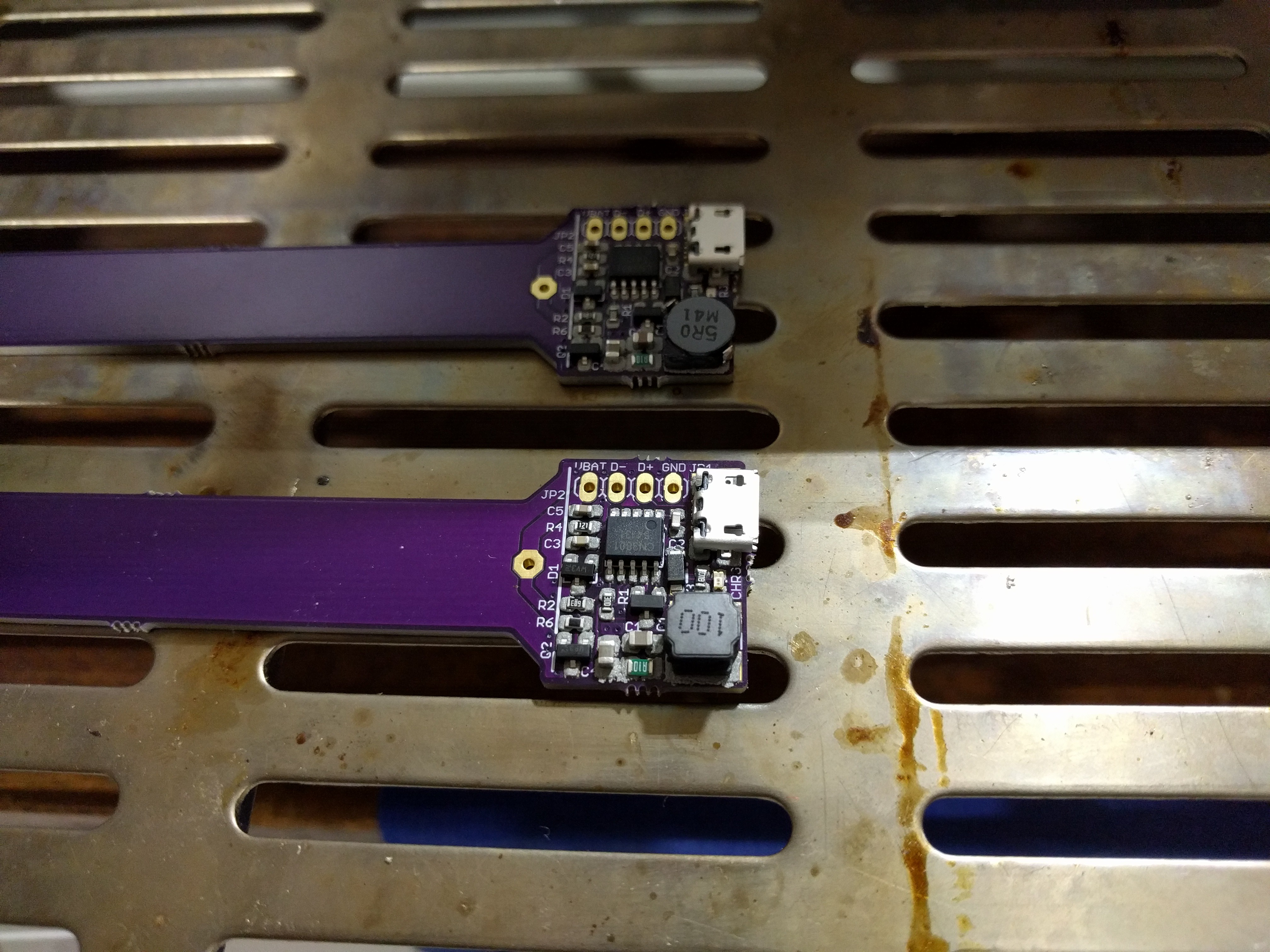
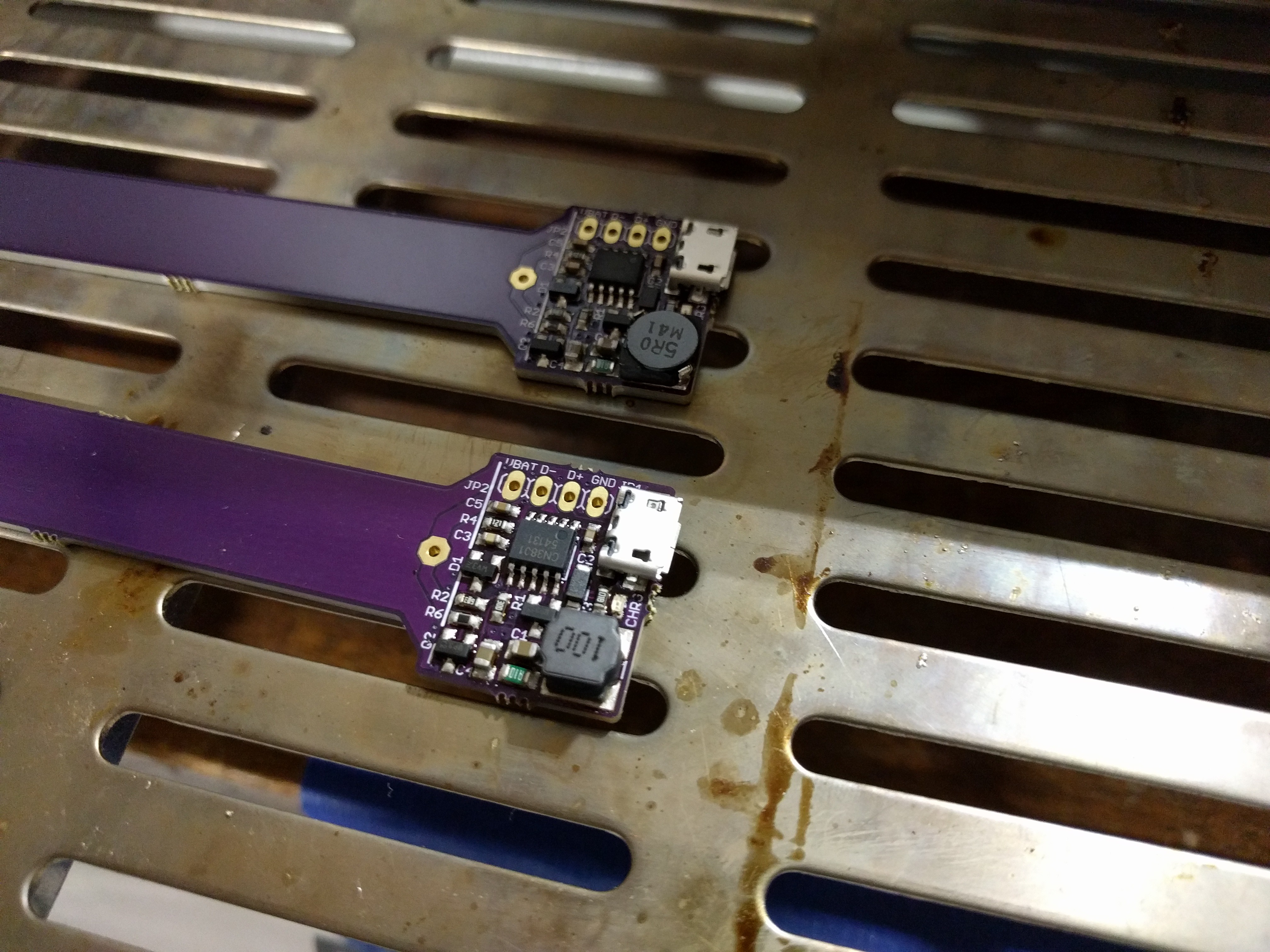
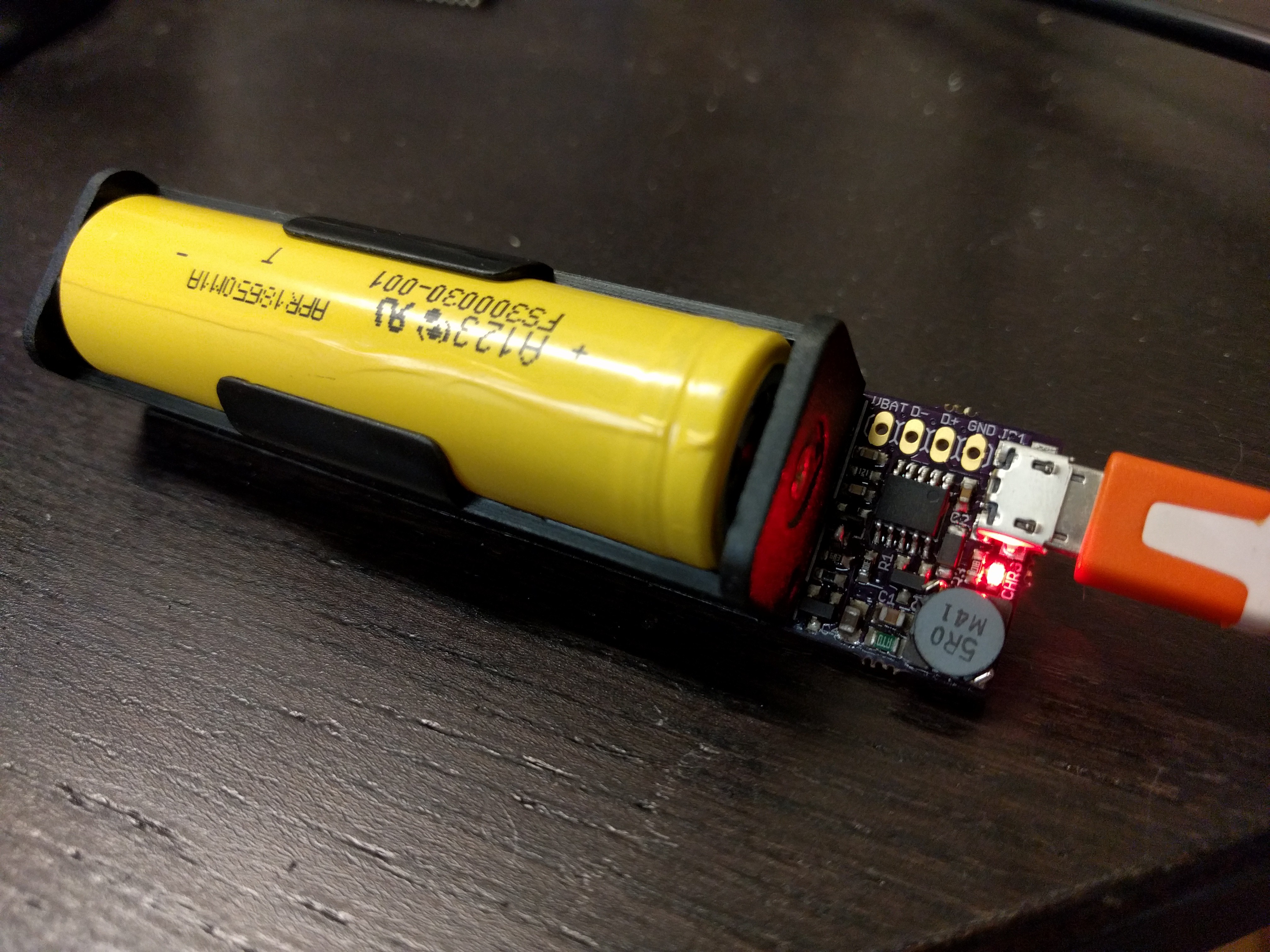
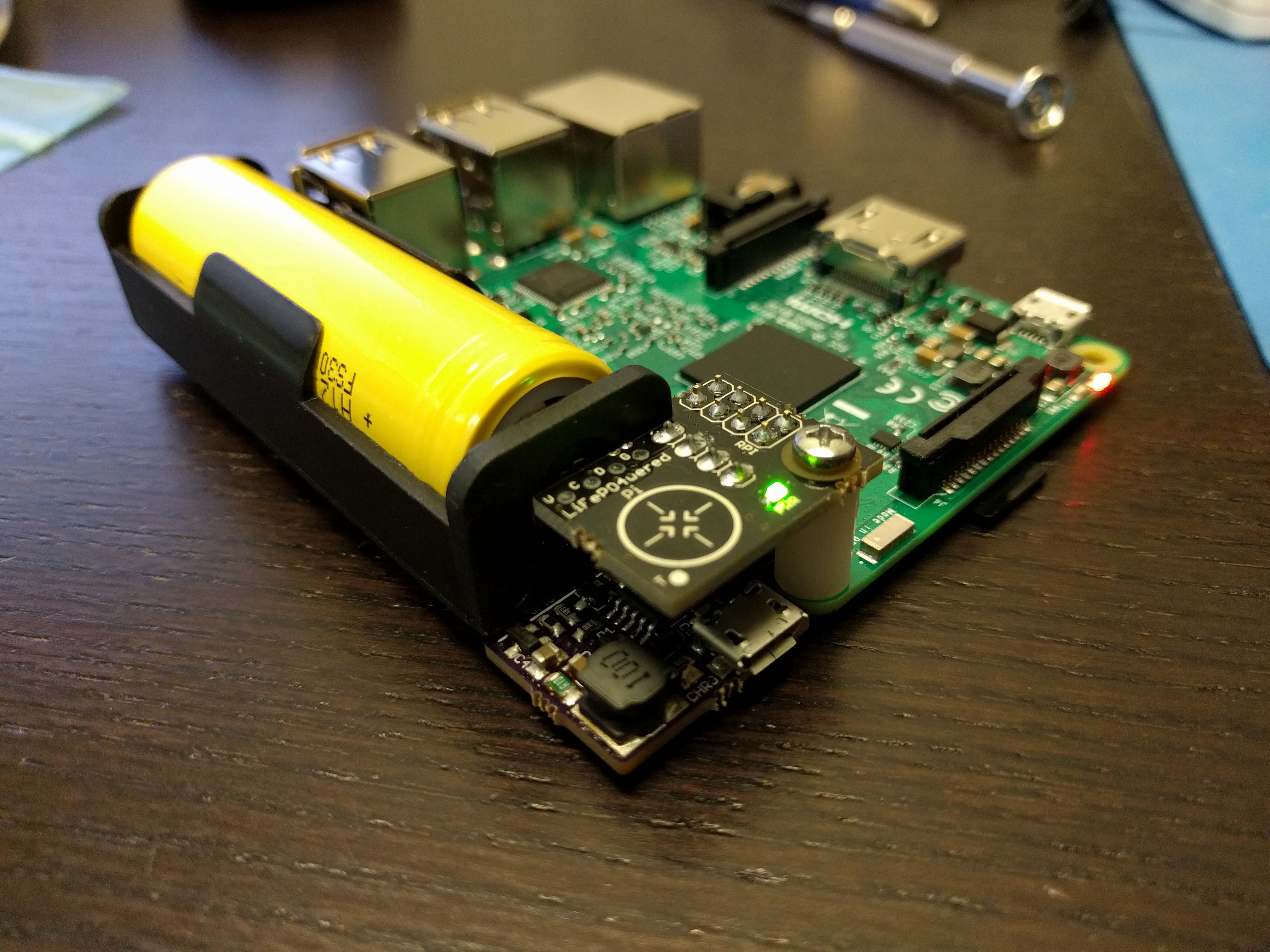









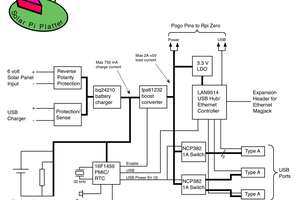
 Dan Julio
Dan Julio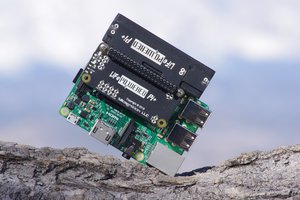
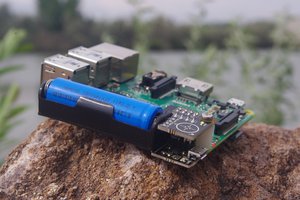
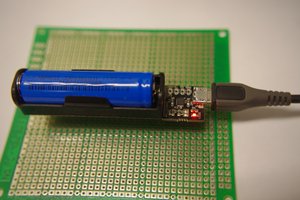
I'm still very much playing with the board right now, but I'm having an issue that I assume is pilot error. I have the LiFePO4wered/Pi+ (14500 Battery) w/ Stackable Header connected to a Pi Zero. Connected to the RPi are HDMI and a powered USB 2.0 Hub which has a keyboard, ethernet and WiFi. The RPi boots up without a problem, but shuts down after a short period (1-2 minutes). Any direction would be helpful.